DW01A Battery Protection IC Circuit, Datasheet, Alternatives & Working
In the ever-evolving landscape of electronic devices, where innovation drives progress, ensuring the longevity and safety of our devices is paramount. This pursuit of reliability is where the importance of Battery Protection ICs, such as the DW01A, comes into play. As electronic devices become integral to our daily lives, from smartphones to electric vehicles and renewable energy systems, the need to safeguard their power sources becomes increasingly crucial. Battery Protection ICs act as vigilant guardians, meticulously monitoring and regulating voltage, current, and temperature to enhance the overall performance and safety of electronic devices. In this exploration of the DW01A Battery Protection IC, we delve into the significance of these technological marvels and their indispensable role in the seamless functioning of our electronic companions.
What is DW01A?
The DW01A chip serves as a safeguard for a single-cell Lithium-Ion battery, offering protection against overcharging, undercharging, reverse connection, and short circuits.
The DW01A battery protection IC is specifically crafted to safeguard lithium-ion/polymer batteries from potential damage or reduced lifespan caused by overcharging, over-discharging, and overcurrent in one-cell applications.
Featuring an ultra-small design and requiring minimal external components, the DW01A is ideal for seamless integration into battery packs with limited space. The precise 50mV overcharging detection voltage guarantees safe and efficient charging. During storage, its extremely low standby current minimally impacts the battery's charge.
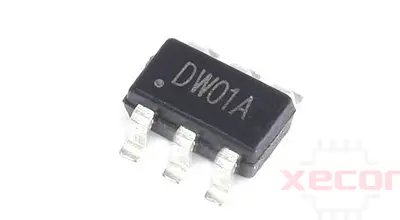
DW01A Pinout
The DW01A is a battery protection IC that comes in a small SOT-23-6 package. The following is the pin diagram:

DW01A Pin Configuration
| Pin No. | Pin Name | Description |
| 1 | OD | Discharge control MOSFET gate pin |
| 2 | CS | Current sense and charger detect input |
| 3 | OC | Charge control MOSFET gate pin |
| 4 | TD | Delay time reduction test pin |
| 5 | VCC | Power supply pin |
| 6 | GND | IC ground reference |
Features of DW01A
- Low operating current
- Overcharging detection at 4.3V, overcharge release at 4.05V
- Overdischarge detection at 2.4V, overdischarge release at 3.0V
- Overcurrent detection at 0.15V, short-circuit current detection at 1.0V
- Extremely Low Quiescent Current of 3μA (at Vcc=3.6V).
- Overdischarge Current as Low as 4μA (at Vcc=V).
- Precision Overcharge Protection Voltage Set at 4.3V ± 50mV.
- Dual Levels of Detection for Overcurrent Protection.
- Internal Circuits Generate Delay Times.
- No External Capacitors are Needed.
- Charger detection
- Overcurrent protection with reset resistor
- Equipped with self-recovery function
- Wide operating voltage range
- Compact Board Size Achieved with Miniature SOT-23-6 Package.
Absolute Maximum Ratings
(VSS=0V, Ta=25°C unless otherwise specified)
| Item | Symbol | Rating |
| Input voltage between VDD and VSS | VDD | 0.3V to 10V |
| OC output pin voltage | VOC | VDD-24V to VDD+0.3 V |
| OD output pin voltage | VOD | VSS-0.3V to VDD+0.3V |
| CS input pin voltage | VCS | VDD-24V to VDD+0.3V |
| Operating Temperature Range | TOP | -40°C to +85 °C |
| Storage Temperature Range | TST | -40°C to +125 °C |
How Does DW01A Work?
The DW01A necessitates an external dual FET for managing the ground line to the battery. Employing the FET allows the disconnection of the ground line in the presence of current error conditions (such as short circuit, over-discharge, and overcharge). This effectively isolates the Lithium battery until the load is eliminated (in the event of a short circuit).
Normal Condition:
If VODL > VDD > VOCU, and VCH.
Overcharge Status:
When transitioning from the normal state to the charging state, the battery voltage can be detected through VDD. When the battery voltage enters this charging state, with VDD voltage greater than VOCU and a delay time exceeding TOC, M2 closes.
Release from Overcharge Status:
After entering the overcharge state, there are two methods to release from this state and return to the normal state.
- If the battery self-discharges, and VDD.
- When removing the charger and connecting the load, if VOCRVOI1, M2 opens, return to normal mode.
Overdischarge Detection:
When transitioning from the normal state to the discharge state, the battery voltage can be detected through VDD. When the battery voltage enters the over-discharge state, with a VDD voltage less than VODL and a delay time exceeding TOD, M1 closes.
Release from Power-Down Mode:
When the battery is in power-down mode, if a charger is connected, and at this time VCHVODR, M1 opens, returning to normal mode. Alternatively, when the load is open, and VDD voltage recovers to VDD > VODR, M1 opens and returns to normal mode (self-recovery function).
Charging Detection:
If a charger is connected to the battery in power-down mode, the voltage will become VCSIVODL. M1 opens and returns to normal mode.
DW01A Functional Block Diagram

Why Can the DW01 Chip Protect the Discharge of Lithium Battery?
The DW01 chip is a specialized integrated circuit designed for the protection of lithium batteries. It protects the discharge process of lithium batteries for several reasons:
- Firstly, the DW01 chip features over-discharge protection. During the battery discharge process, when the battery voltage drops to a certain level, the DW01 chip detects the voltage falling below a set threshold. It closes the discharge switch, preventing further battery discharge. This is crucial because discharging lithium batteries to excessively low voltages can induce chemical changes, accelerate battery aging, and even trigger safety issues such as overheating and short circuits. The over-discharge protection feature of the DW01 chip effectively prevents excessive battery discharge, prolongs battery lifespan, and enhances overall battery safety.
- Secondly, the DW01 chip achieves short-circuit protection in the event of a short circuit between the positive and negative terminals of the battery and internal current surges, posing risks like overheating or explosions. The DW01 chip includes short-circuit protection; when the abnormal current increase is detected within the battery, the chip rapidly disconnects the battery's input/output connections, preventing further escalation of the short-circuit current and safeguarding both the battery and the device.
- Additionally, the DW01 chip has temperature protection functionality. During charging and discharging, lithium batteries generate heat. If the battery operates at excessively high temperatures, it can lead to decreased battery performance and severe issues such as overheating or explosions. The DW01 chip senses temperature changes in the battery; when the battery temperature exceeds a set threshold, the chip promptly disconnects the charging or discharging connection, preventing the battery from continuing to operate and ensuring the safety of both the battery and the device.
- Furthermore, the DW01 chip includes battery-balancing functionality. Due to factors such as the battery's origin, materials, and manufacturing processes, the charge distribution among lithium batteries may become unbalanced, resulting in varying degrees of capacity loss. The DW01 chip detects voltage differences among batteries. It controls the switching frequency of the charge and discharge switches to redistribute charges among the batteries, thereby improving overall battery performance and lifespan.
- Lastly, the DW01 chip possesses low-power characteristics. In standby mode, the chip consumes minimal current. This implies that even if the device remains idle for an extended period, the DW01 chip can assist in reducing battery consumption, thus extending battery life.
DW01A Alternatives
When considering alternatives to the DW01A, the following options can be explored:
AP9101Cxxx-ANTRG1 Series:
The AP9101Cxxx-ANTRG1 series serves as an alternative to the DW01A. It offers similar protection features and is designed to safeguard lithium-ion/polymer batteries in applications like portable electronics, power tools, and more. Engineers can consider this series for battery protection needs.
AP9101CAK6-ANTRG1:
The AP9101CAK6-ANTRG1 is another alternative to the DW01A. It provides battery protection functions and is suitable for various battery-powered applications. Engineers can evaluate this option based on their specific requirements and compatibility with the intended battery systems.
DW01A Applications
The DW01A serves as a versatile protection IC, finding applications in various electronic devices that utilize one-cell lithium-ion or lithium-polymer battery packs. Its applications span across different industries and consumer electronics. Here are some key applications:
Protection IC for One-Cell Lithium-Ion Batteries:
The primary function of the DW01A is to provide crucial protection features for single-cell lithium-ion batteries, ensuring their safe and efficient operation.
Lithium-Polymer Battery Pack:
The DW01A is commonly employed in lithium-polymer battery packs, offering essential safeguards to prevent issues such as overcharging, over-discharging, and excessive current flow.
Cellular Phones:
In the realm of mobile technology, the DW01A contributes to the safety and reliability of lithium-ion batteries used in cellular phones. It helps prevent potential hazards associated with battery mismanagement.
Personal Digital Assistants (PDAs):
PDAs, which often rely on lithium-ion or lithium-polymer batteries, benefit from the protection provided by the DW01A, ensuring the longevity and safe operation of the battery packs.
Digital Still Cameras (DSC):
Digital cameras, particularly those powered by lithium-ion batteries, incorporate the DW01A for battery protection. This safeguards the battery and enhances the overall performance of the camera.
Handheld Devices:
Various handheld electronic devices, ranging from portable gaming consoles to electronic organizers, utilize the DW01A for battery protection, contributing to the safety and durability of the devices.
How to Use DW01A
The schematic below illustrates the proper utilization of the DW01A chip:

DW01A Typical Application Circuit
It is intended to be integrated into a battery pack as a unified unit comprising both the battery and the DW01A chip.
This holds for the following reasons:
- The CS pin safeguards against the reverse connection of a charger.
- Voltage limits for over and under-voltage detection extend beyond typical charging/discharging levels, specified as extreme values.
- Latchup protection is provided when a charger is connected under over-discharged conditions.
- The operating current is so minimal that it won't deplete the battery if left attached in place.
When incorporated into a battery pack, it offers protection against a charger connected to BATT+ and BATT-, along with reverse polarity protection from incorrectly plugging in a charger or even connecting an entirely unsuitable and hazardous charger, such as a NiCad or NiMH charger (this should not be attempted).
DW01A in Microcontroller Projects
8205A MOSFET Current Limit
Utilizing RDSON as the Current Limit
A comparator detects the current-limiting voltage threshold, triggered when the CS pin voltage reaches 150mV. The comparator voltage is achieved when the voltage drop across the resistance of the two switched-on MOSFETs hits 150mV. This drop is a result of increased current flowing through the two MOSFETs, representing the voltage drop across 2 x RDS(ON).
You can refer to the following figure, "Rdson On-Resistance (mΩ) vs. ID- Drain Current (A)," for RDS(ON) values. This figure displays curves for various Vgs values.

Assuming the battery voltage is around 4.5V, using the curve gives RDS(ON) as 20mΩ, resulting in a short circuit current of 3.75A (0.15/(2*20e-3)).
As the battery discharges and approaches 2.5V, RDS(ON) becomes 25mΩ, resulting in a short circuit current of 3A (0.15/(2*25e-3)).
Once triggered, the DW01A turns off the discharge MOSFET (OD), and it is only reactivated when the load is removed.
Two Overcurrent Threshold Levels
There are two over-discharge values, one at 150mV and another at 1.35V. The second value is associated with activation delays. For the 150mV threshold, the delay is 10ms, while for the second threshold, the delay is 5us.
The activation delay is much faster for an extremely large short circuit.
After the short circuit current detector is activated, you must remove the load before the DW01A allows the current to flow again (OC MOSFET turned on).
TP4056 use of DW01A
DW01A Datasheet
Download DW01A Datasheet PDF.
Final Words
In summary, the DW01 IC plays a protective role in the discharge of lithium batteries primarily by implementing functions such as over-discharge protection, short-circuit protection, temperature protection, battery balancing, and low-power consumption. These functions ensure the safety and stability of the battery, prolong its lifespan and enhance the reliability of the device.
Read More
FAQ
-
What is the use of DW01A?
DW01A is designed to ensure the safety and longevity of lithium-ion/polymer battery-powered systems, like cellular phones. The DW01A battery protection IC guards against overcharging, over-discharging, and overcurrent.
-
How does the DW01A enhance battery lifespan?
The DW01A enhances battery lifespan by incorporating over-discharge protection, preventing the battery from discharging to levels that could lead to chemical changes and accelerated aging. This feature ensures a longer, healthier life for the battery, contributing to extended usage and overall durability.
-
What is the cut-off voltage for DW01?
2.4v
-
What sets the DW01A apart from other battery protection ICs?
DW01A stands out due to its comprehensive protection features, including over-discharge, short-circuit, temperature protection, and low power consumption. Its ability to balance batteries and contribute to environmental sustainability further distinguishes it in the realm of battery protection ICs.
-
Can the DW01A be used with various battery chemistries?
The DW01A is designed to work specifically with lithium-ion and lithium-polymer batteries. While it excels in providing tailored protection for these chemistries, it may not be suitable for use with other types of batteries due to differences in charging and discharging characteristics.
-
Are there any common issues during the DW01A installation?
Common issues during DW01A installation may include improper connection or misalignment. It is crucial to follow the datasheet guidelines and ensure correct wiring and component placement. Additionally, verifying compatibility with the specific battery chemistry is essential to prevent operational issues.
-
What emerging trends can we expect in battery protection technology?
Emerging trends in battery protection technology include advancements in smart battery management systems (BMS), integration of artificial intelligence for predictive maintenance, and developments in flexible and stretchable electronics for unconventional battery applications.
-
How does the DW01A contribute to environmental sustainability?
The DW01A contributes to environmental sustainability through its battery balancing function, which helps equalize charge distribution among batteries. This promotes efficient energy utilization, reduces waste, and extends the overall life of batteries, minimizing the environmental impact of frequent battery replacements.

 Prof. David Reynolds
Prof. David Reynolds
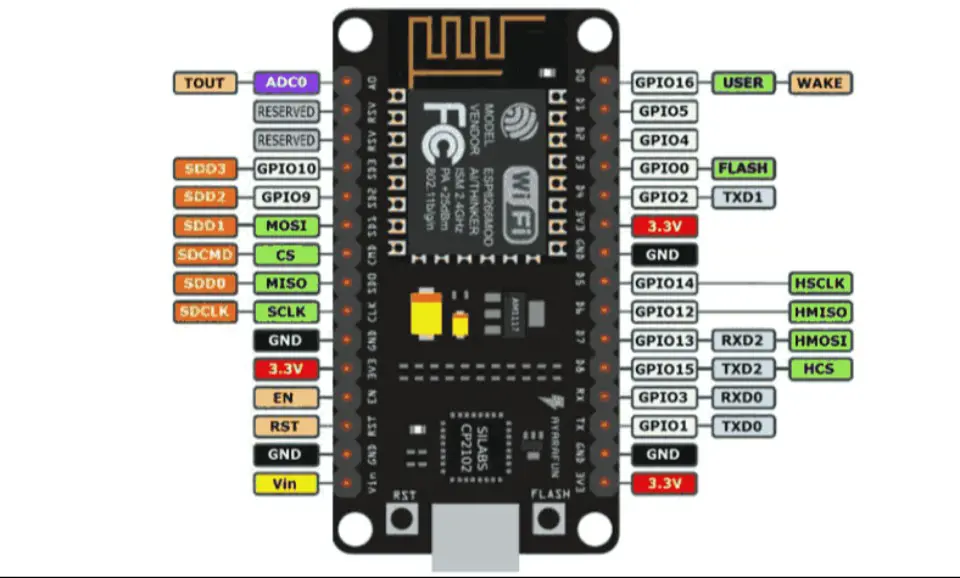
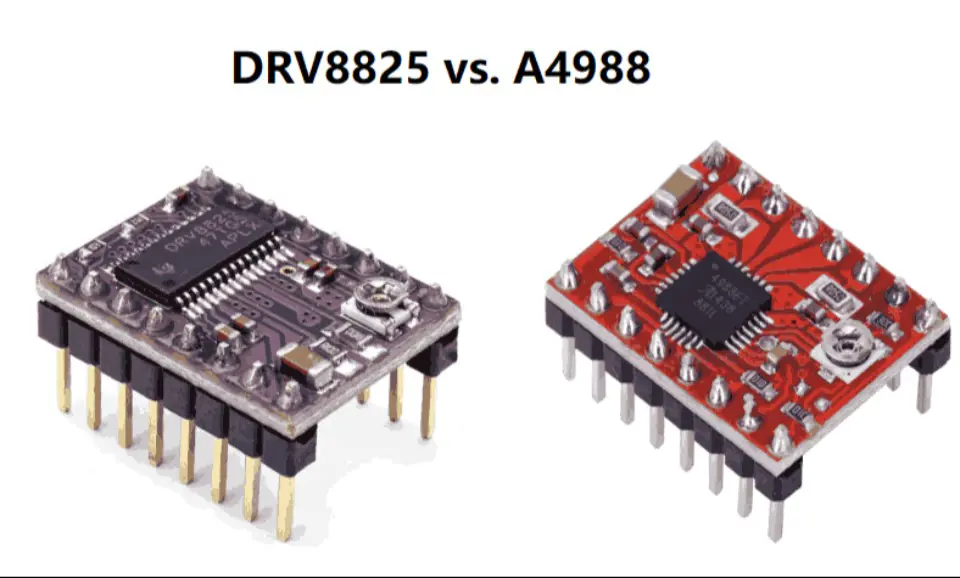
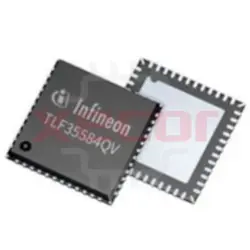
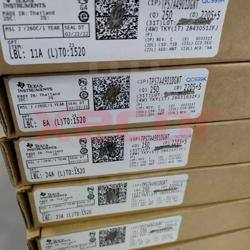
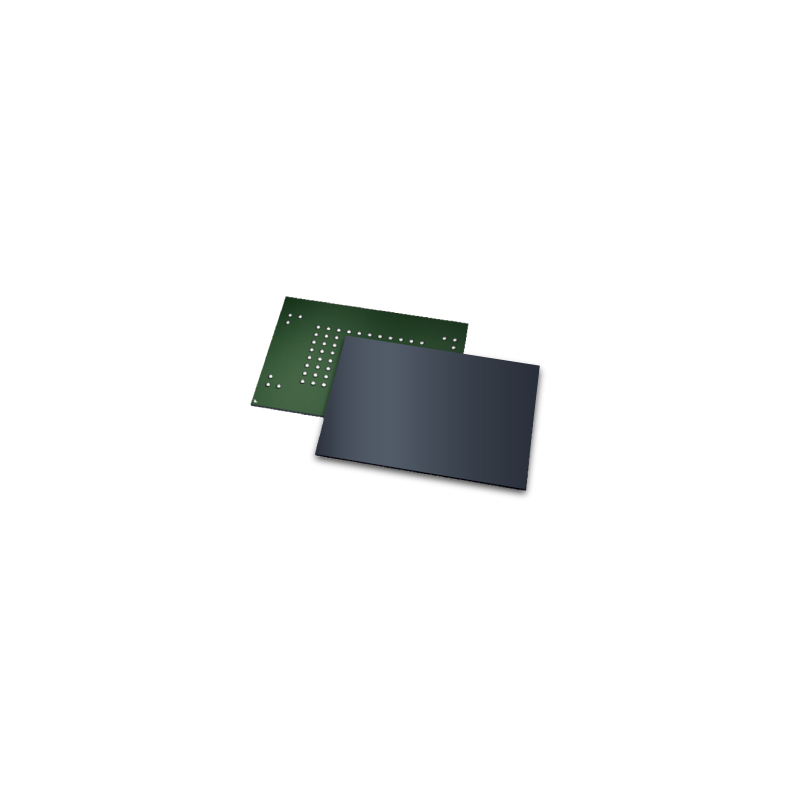
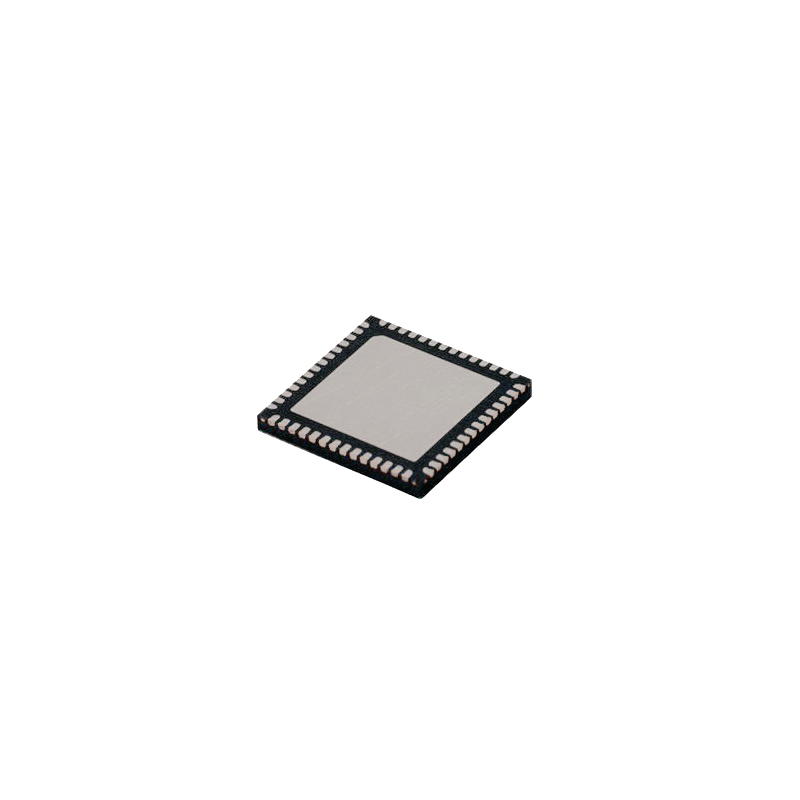
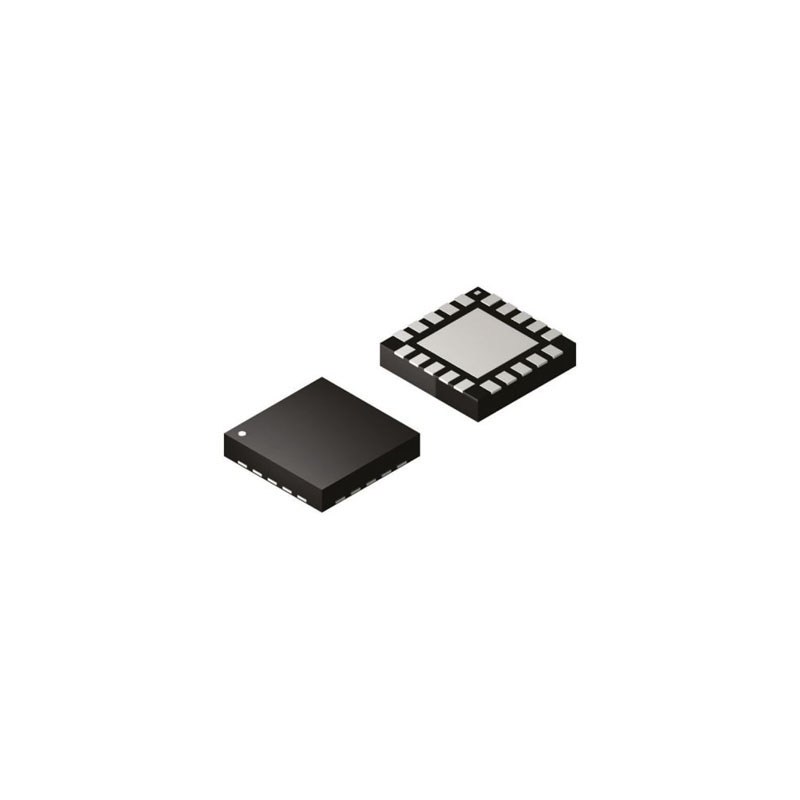
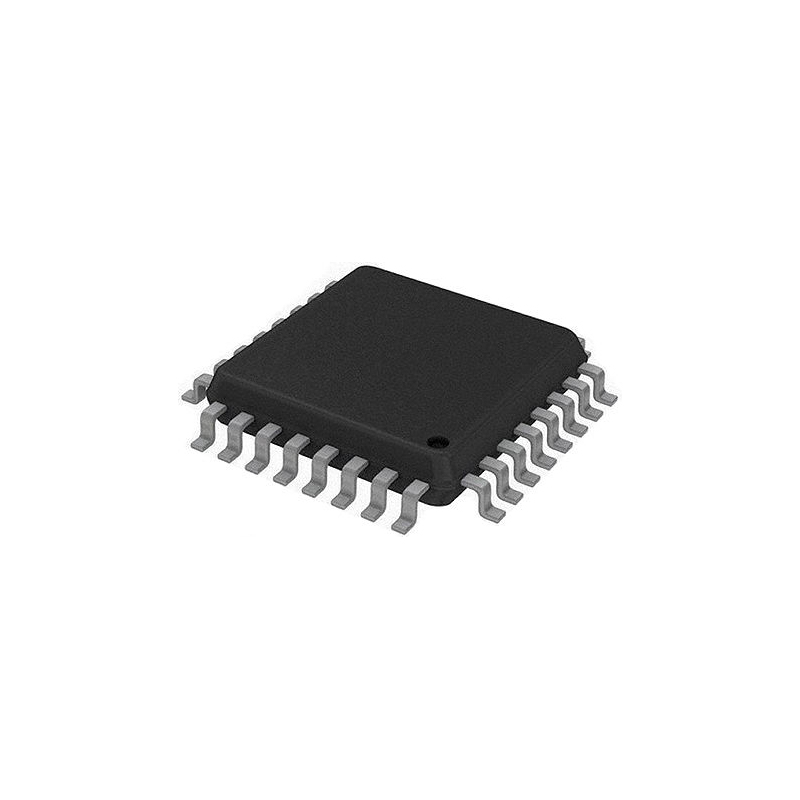
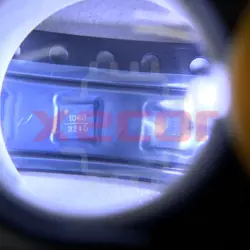
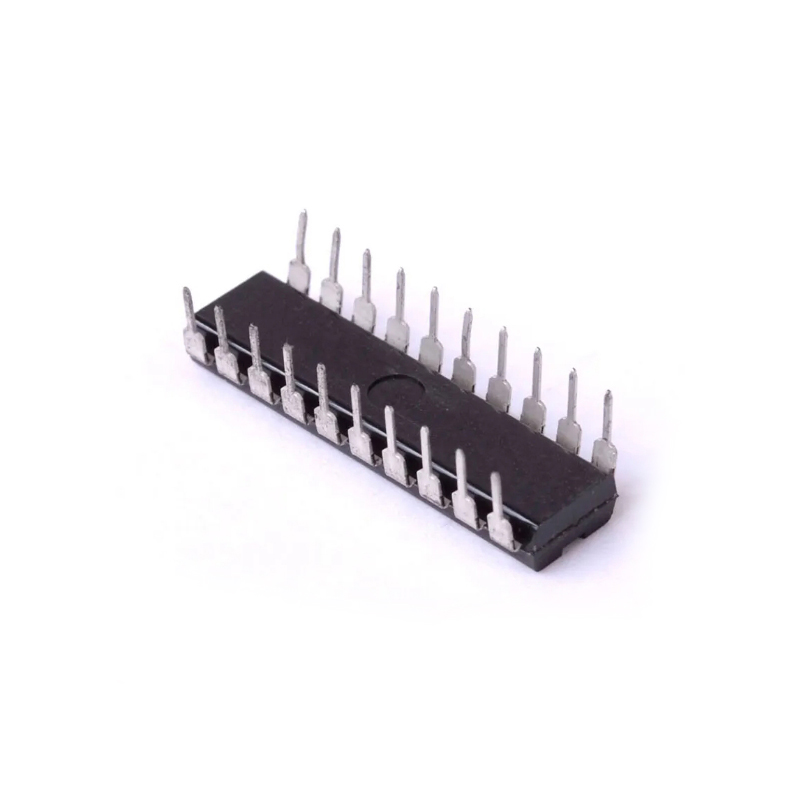
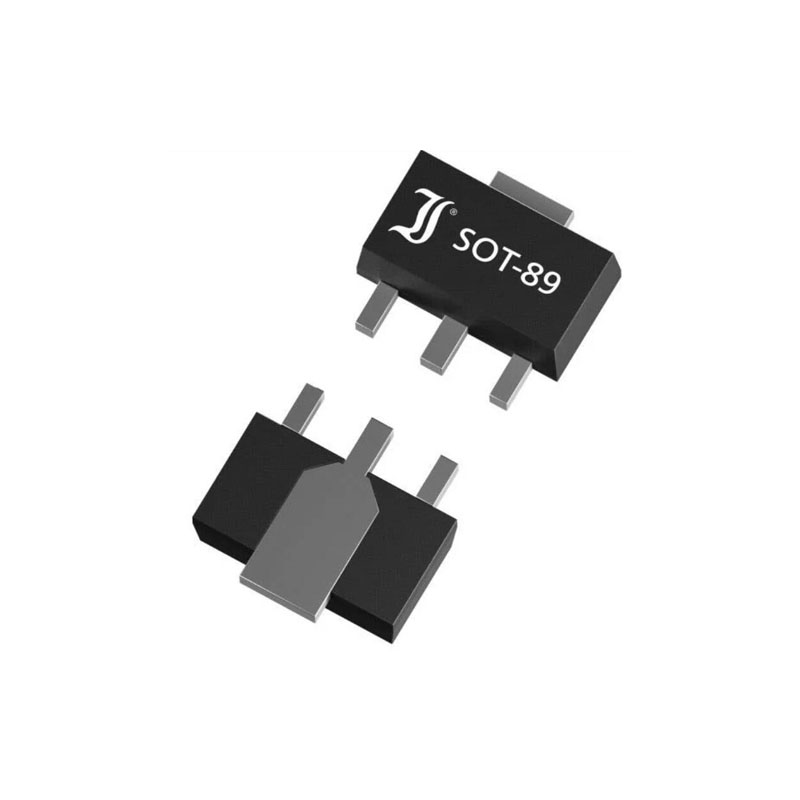
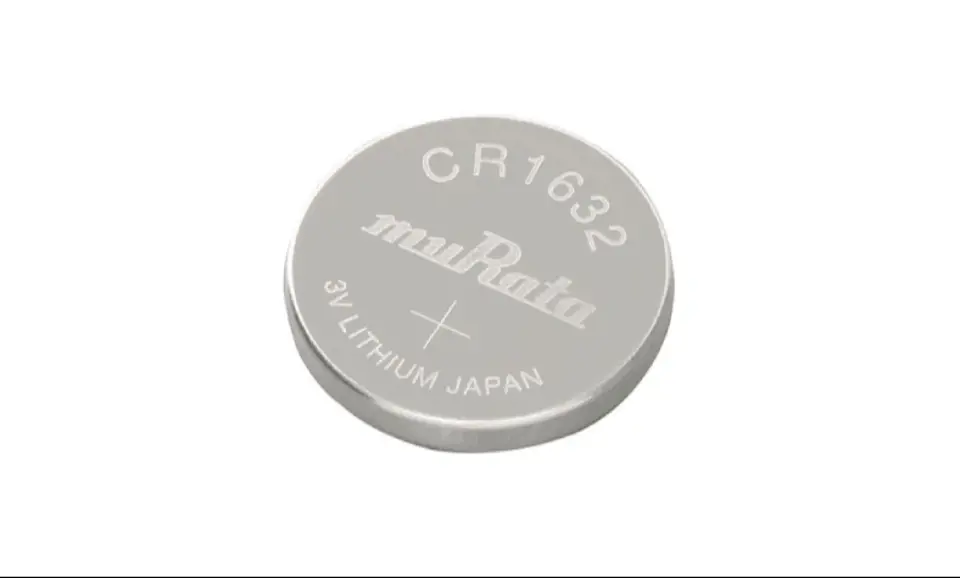
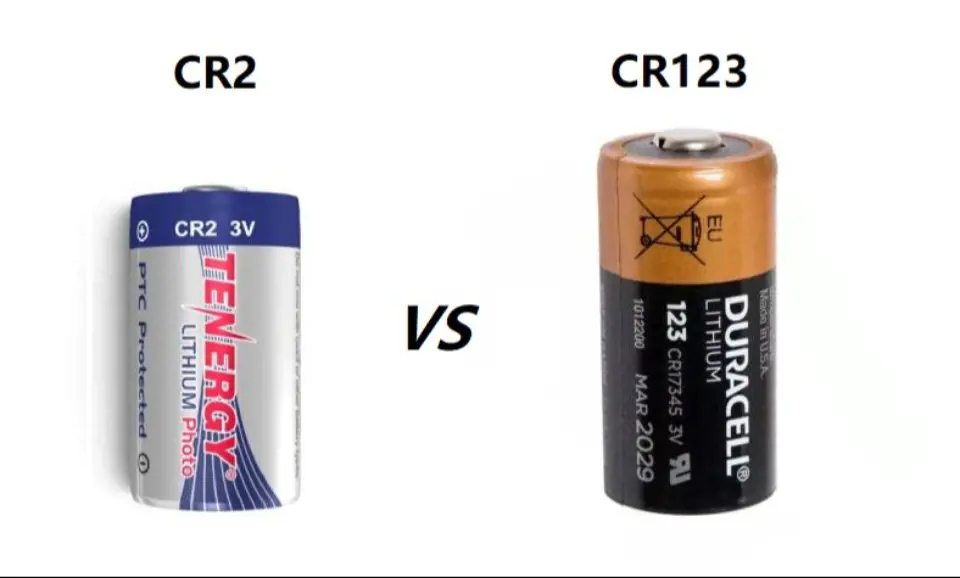
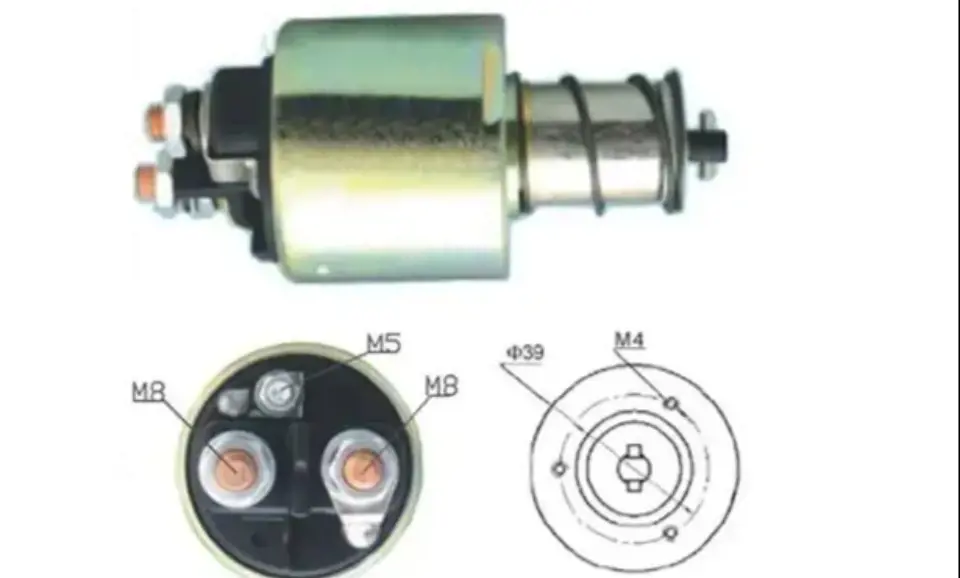
Still, need help? Contact Us: [email protected]